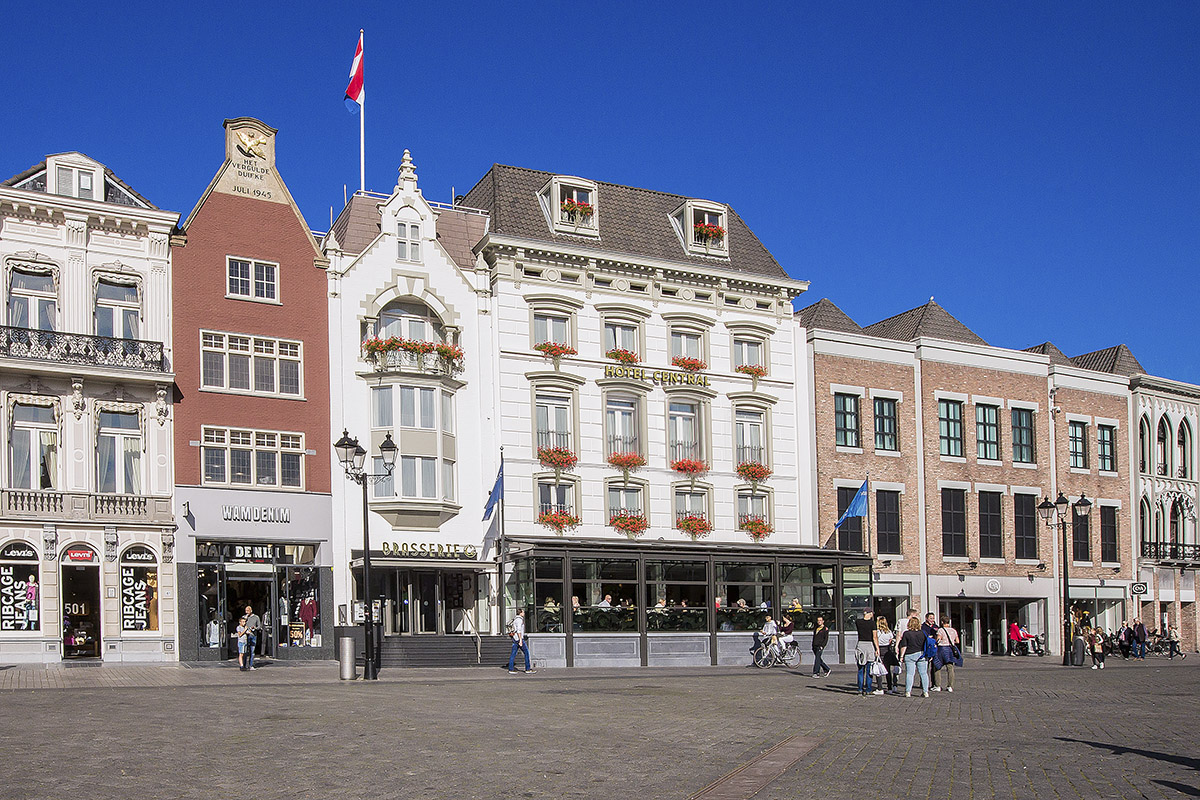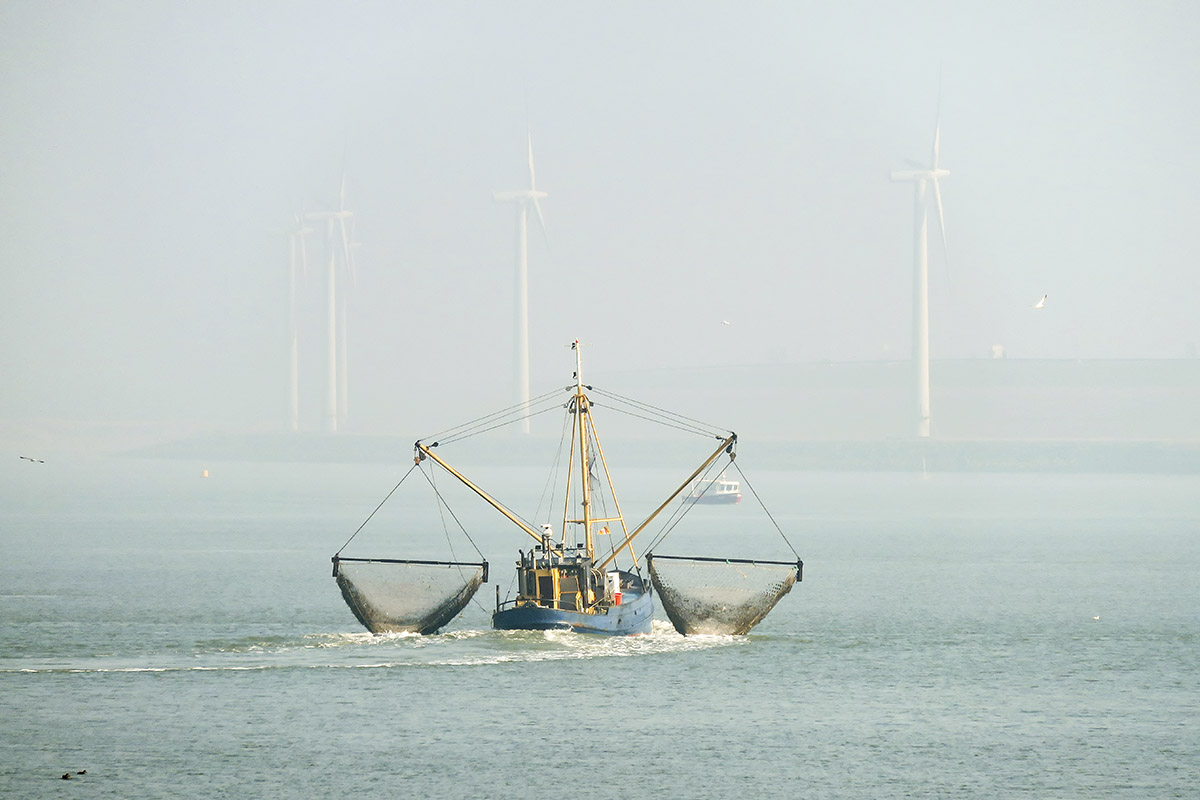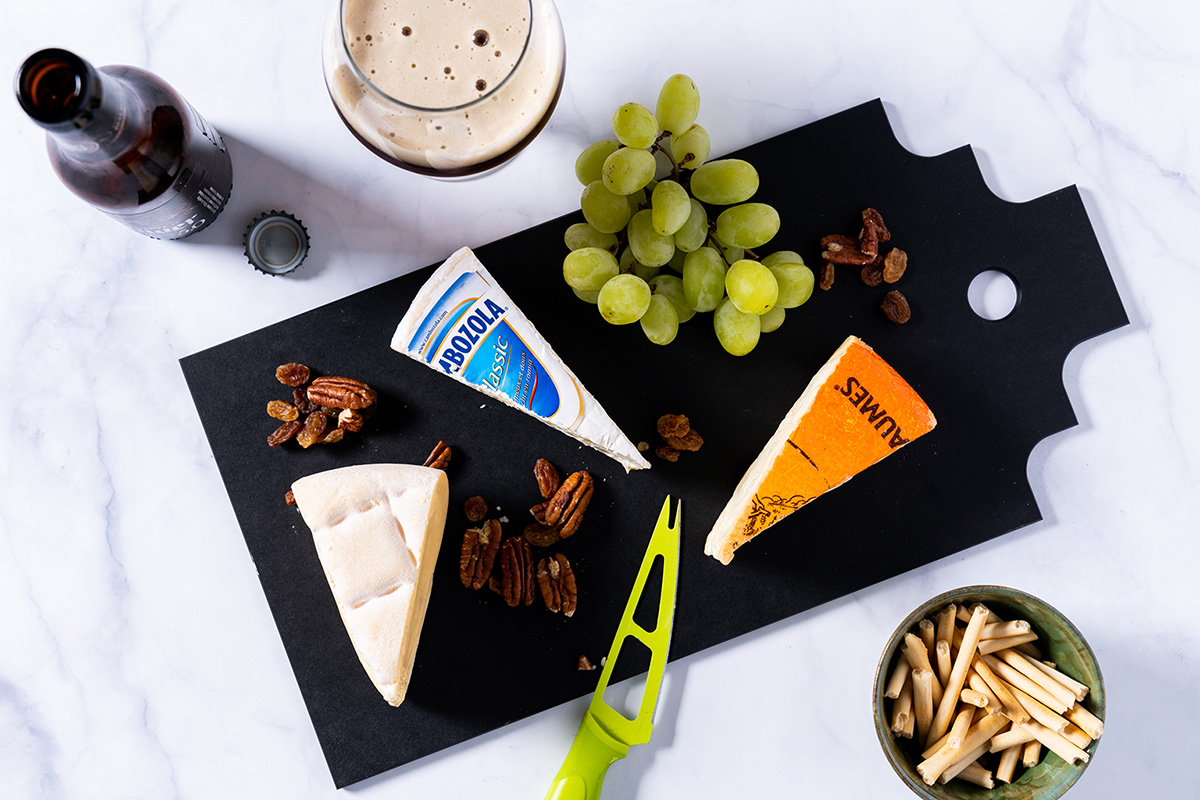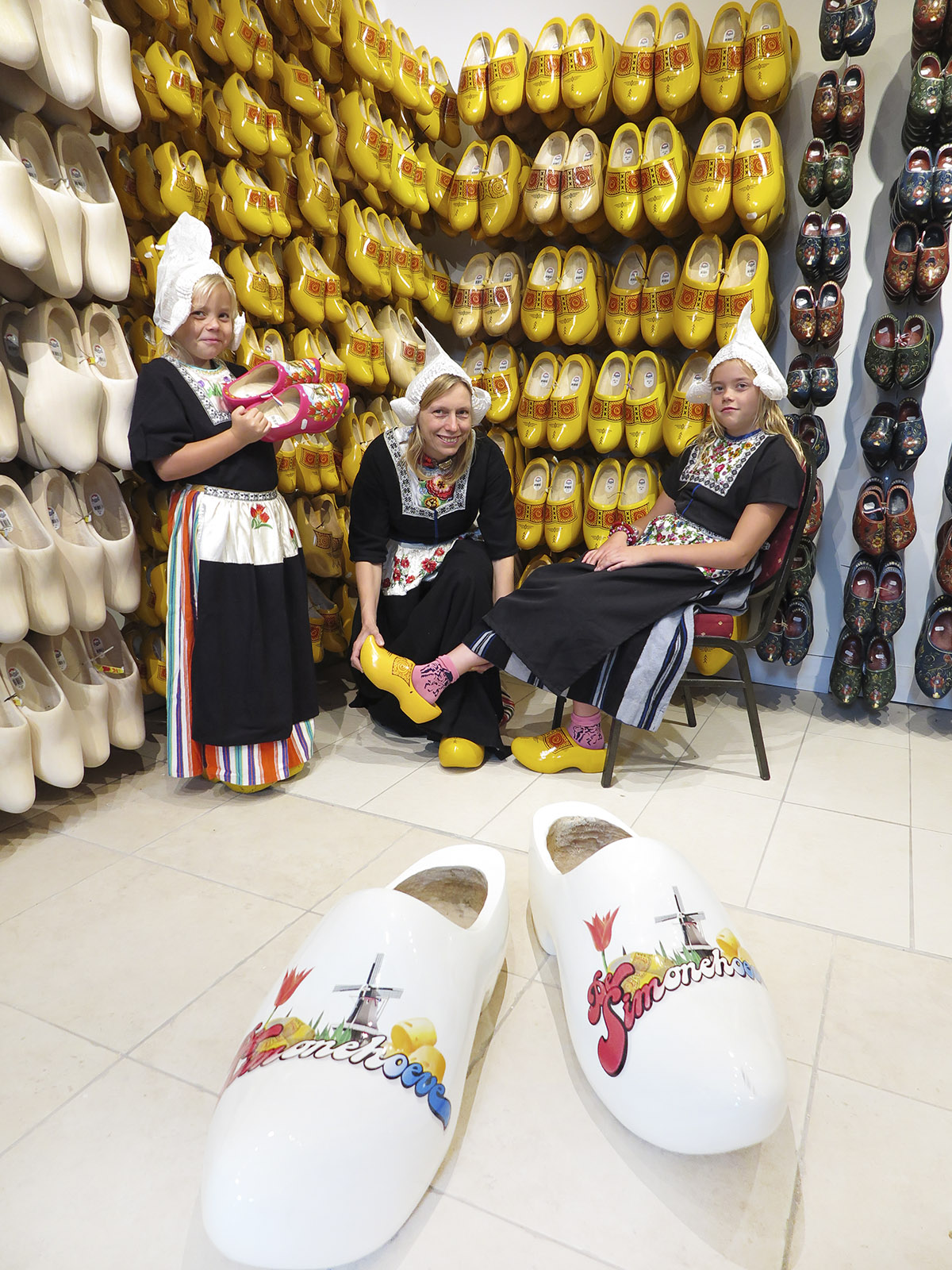SEALCENTRE PIETERBUREN: Come face to face with recovering seals
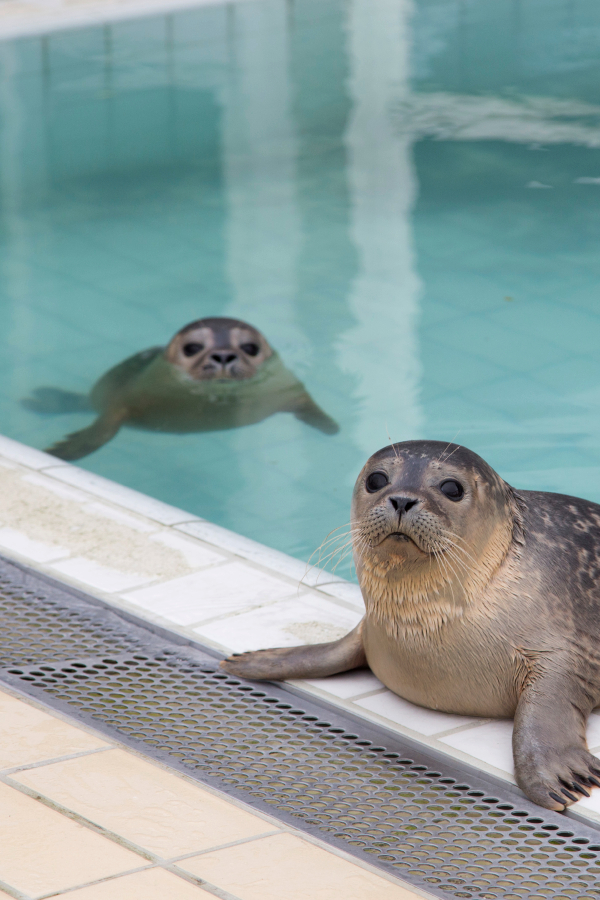
Pieterburen, a village three kilometres inland from the Wadden Sea, has some unusual inhabitants. It is home to a rehabilitation and research centre where injured and ill seals are treated before being released back into the wild. The Sealcentre Pieterburen – located in Groningen province, the Netherlands – offers visitors the opportunity to see recovering seals and learn all about the region’s rich marine ecosystem.
The family-friendly centre is 25 kilometres north-west of the city of Groningen. It was opened in 1971 by Lenie ‘t Hart to rehabilitate injured and abandoned seal pups. “At that point in time, the Dutch coastline provided habitat for so many seals that the animals carried a bounty. People were paid for each of the animals that they shot,” says Camille Debongnie, a Belgian volunteer spending eight weeks at the centre.
Displays and videos within the Sealcentre Pieterburen provide information about the lifecycle of seals and an overview of the Wadden Sea, which in 2009 was designated a World Heritage Site by UNESCO, because of its geological and ecological value. The body of water, whose coastline is characterised by intertidal mudflats, lies between the Netherlands, Germany and Denmark and is home to several seal species. A census undertaken in 2017 estimated that the population of grey seals is 5,450, at a 10 per cent year-on-year increase. Common seals, alternatively known as harbour seals, also inhabit the Wadden Sea.
Humans continue to be a chief threat to the welfare of seals. Post-mortems conducted at the centre have revealed plastic items stuck in the digestive tracts of the animals, and propellers and fishing nets often cause injuries. “It’s mostly the grey seals that get trapped and hurt by fishing nets. They are really curious. They go and see, try things and get stuck. We have had seals with bad, deep cuts,” says Debongnie.
Many of the seals being treated at the centre suffer from lungworm, a parasite that enters the mammals’ bodies as larvae while ingesting fish. The worms then work their way into the seals’ lungs. A healthy seal can dive for up to 30 minutes at a time, but the damage caused by lungworms means they can no longer stay submerged for these prolonged periods. Consequently, the seals can not feed themselves and will start to cough up blood. Sometimes weakened seals are even attacked by seabirds as they lie on the mudflats.
“People call us and tell us there’s a seal on the beach that appears not too well. We advise them to keep their distance, not to stress the animal, so that it doesn’t re-enter the water. If it’s out of the water, it is because it’s not good for it to be in the water,” explains Debongnie.
The centre trains volunteers who live along the coast. They can ask them to go and see a seal and assess whether it needs attention or not. “Young ones, we have established from research by people here at the centre, can be left alone for more than nine hours… when you see a pup alone on the sand they might not be abandoned. If they are alone for, say, 12 hours, there might be a problem,” she adds.
Seals that are brought to the centre are tagged upon arrival, weighed, have blood samples taken, and are treated by vets in lab coats and rubber boots. An operating theatre was added at the Sealcentre Pieterburen in 2014 and so if the vet deems an operation necessary, the seals can be anaesthetised and operated upon here.
Over the weeks that follow, the animals move through three stages of recovery. At first, the seals are quarantined in compact indoor rooms with a small pool. They are then moved to a medium-sized outdoor pool with other seals. Prior to release, they are introduced into a large pool in which the diving seals can be admired under water through windows inside the centre.
Initially, the seals are given medicines and fed a ‘fish porridge’ made from salmon. More than 18,000 portions of this porridge are served each year. Then, as they recover, the seals will be fed approximately five kilogrammes of herring each day. Visitors can view the seals being fed between three and four in the afternoon each day.
Finally, the seals are weighed before being released. People who adopt a seal are invited to view the animal’s release back into the wild. The seals are taken to the coast and left to enter the sea in their own time. “We aren’t supposed to interact with them because we don’t want them to get used to the presence of people. We want them to return to the wild and not be dependent,” says Camille.
The Sealcentre Pieterburen is open daily from ten in the morning to five in the afternoon, until the end of October. From November through to the end March, the centre remains closed on Mondays and Tuesdays.
Web: zeehondencentrum.nl/en
TEXT: STUART FORSTER
Subscribe to Our Newsletter
Receive our monthly newsletter by email
